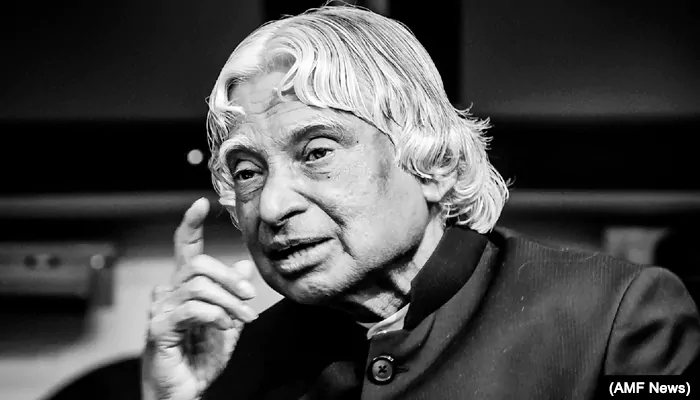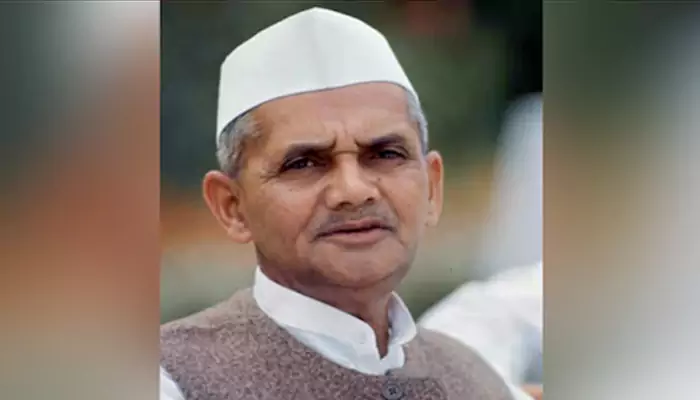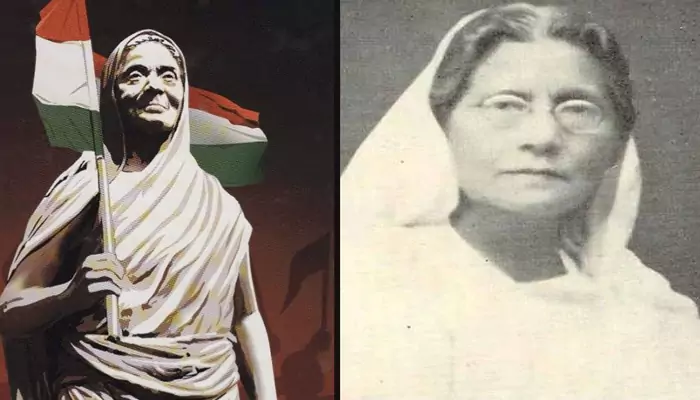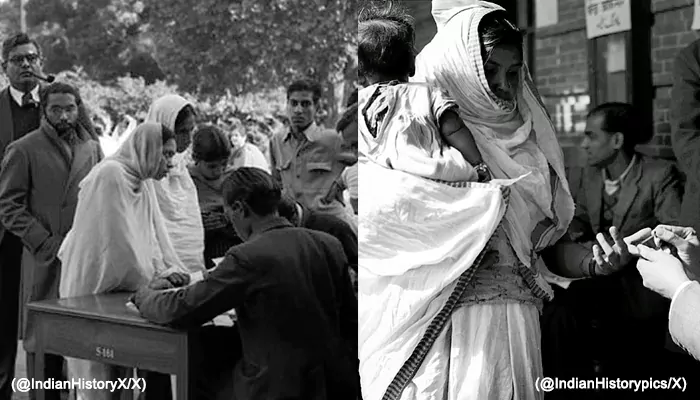
With the inauguration of the new Parliament building, India has taken a monumental stride towards reinforcing its democratic ethos.
This landmark event symbolizes not just architectural innovation but a recommitment to the democratic process, marking a pivotal moment in the nation's history. The building, envisioned to be the pulsating heart of Indian democracy, incorporates both traditional values and modern functionalities. Here, we delve into fascinating aspects of this grand edifice.
A Geometric Marvel: The Triangular Form
Standing in stark contrast to traditional architectural norms, the new Parliament building is designed with a triangular shape. This choice is not merely aesthetic but is aimed at optimizing space utilization, embodying the efficiency and forward-thinking that the project aspires to represent.
The Constitution Hall: Democracy’s New Sanctum
A significant new feature is the Constitution Hall, envisioned as a space that places citizens at the core of democracy. This addition underlines the building's role not just as a legislative powerhouse but as a monument to the sovereign will of the people.
A Commitment to Sustainability: The Platinum-rated Green Building
The new Parliament has been designated a platinum-rated green building, highlighting India's dedication to sustainable development. This status reflects the building's integration of energy-efficient practices and eco-friendly materials, setting a benchmark for future constructions.
Accessibility at Its Heart: Divyang-Friendly Infrastructure
Inclusivity is a key theme of the new Parliament, which boasts features making it accessible to Divyang (people with disabilities). This approach ensures that the building is a space for all citizens, emphasizing the democratic principle of equality.
Cultural Echoes: The Thematic Essence
The Lok Sabha and Rajya Sabha chambers are themed after India's national bird, the peacock, and the national flower, the lotus, respectively. This design choice weaves the rich tapestry of India's cultural heritage into the fabric of its legislative setting.
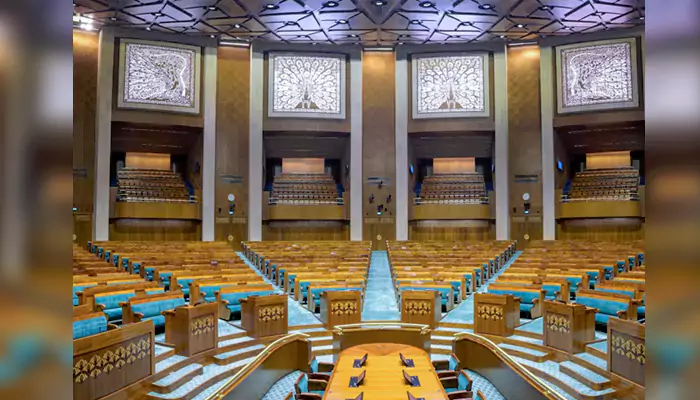
Technological Prowess: Ultra-Modern Facilities
Equipped with state-of-the-art communication technologies and larger committee rooms, the new building is poised to enhance legislative efficiency. This modernization is key to adapting India's legislative processes to the demands of the 21st century.
A Haven for Knowledge: The Enhanced Library
A newly designed library aims to provide a superior experience to the members of both Houses, enriching their legislative and policy research with a vast reservoir of resources.
Unity in Diversity: Materials from Across India
Embodying the spirit of "Ek Bharat Shreshtha Bharat," the construction materials for the building have been sourced from every corner of the country. This choice symbolizes the unity of India's diverse states in the common endeavour of nation-building.
Artisanal Craftsmanship: The Beauty of Indian Stonework
The building showcases the exquisite craftsmanship of Indian artisans, with red and white sandstone from Rajasthan's Sarmathura and the unique Kesaria green stone from Udaipur. These materials, along with furniture crafted in Mumbai and materials for the Ashoka Emblem from Aurangabad and Jaipur, enrich the aesthetic appeal of the Parliament.
Innovative Construction Techniques: The Use of M-Sand
The construction employs manufactured sand (M-Sand) from Charkhi Dadri, Haryana, for creating a durable concrete mix. This innovative approach highlights the project's commitment to utilizing sustainable and locally sourced materials.
Enhanced Security Measures
The new Parliament building incorporates advanced security features to ensure the safety of its occupants. These measures are reflective of the importance of safeguarding the nation's legislative heartland.
With its inauguration, India's new Parliament building has already begun its journey as more than just a site for legislative action. It stands as a reaffirmation of the country's democratic ideals, embodying the spirit of its people and their collective journey towards a more inclusive, equitable, and prosperous future. This grand edifice not only serves as a functional space for governance but also as a monument to the indomitable spirit of Indian democracy, highlighting the nation's faith in the principles of liberty, justice, and equality for all.

